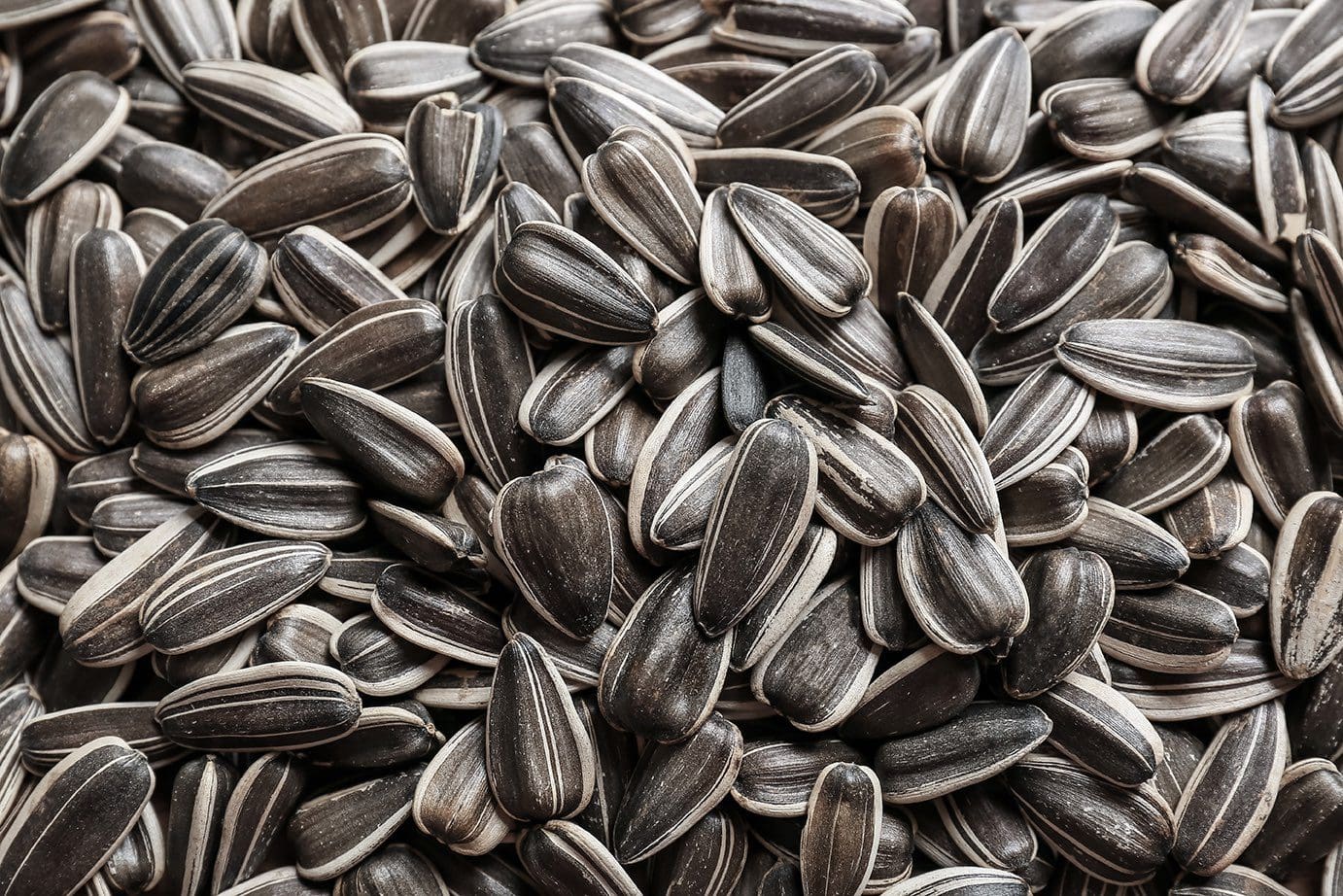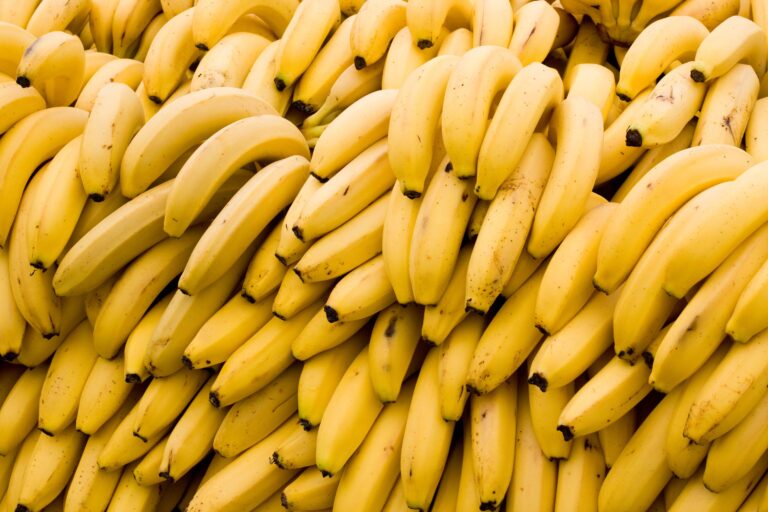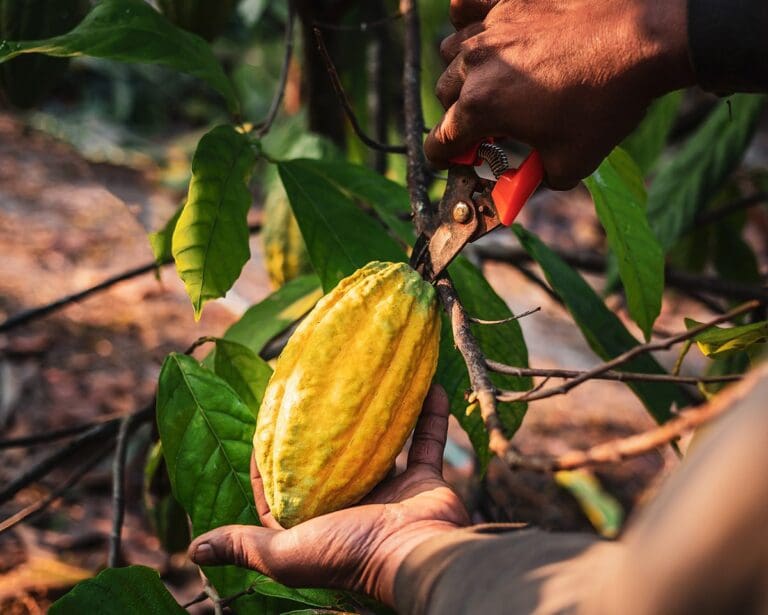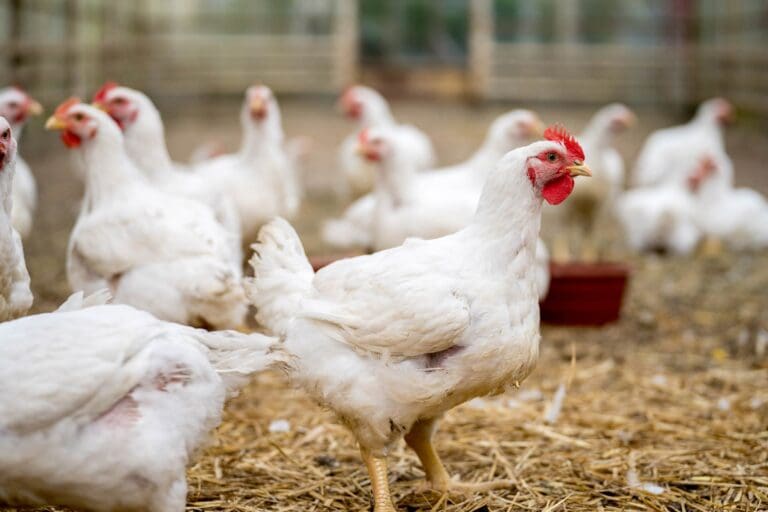Extreme weather continues to drive sunflower seed production estimates lower
Expana has continued to receive estimates for diminished sunflower seed production in the 2024/25 season largely due to weather issues. Market players commented to Expana that extreme heat could reduce production in Bulgaria and Romania significantly with the nations expected to produce 1.3-1.5 million metric tonnes and 2-2 million metric tonnes respectively. These estimates are significantly lower than those of the prior season where Romania was estimated to have produced 2.8 million metric tonnes and Bulgaria circa 2.2 million metric tonnes. It should be noted that these estimates are ‘as of now’ and extreme heat is forecast to continue for the next two weeks with temperatures potentially reaching 36-38 Celsius. If these temperatures are realized it could mean that the crops are further diminished lowering supplies significantly.
The production concerns, however, are not just limited to Romania and Bulgaria, Industry insiders have commented that they are increasingly alarmed about the potential production within Ukraine. Temperatures across Ukraine continue to soar with forecasted weather showing similar levels of heat and dryness in the weeks to come. Therefore, the 13.7 million metric tonnes which would already be a circa 1.1 million metric tonne decrease compared to the prior season could be even lower adding pressure to the market.
Industry insiders told Expana that we could potentially see a repeat of 2020 where Ukraine lost some 35% of its crops due to drought. Supporting the idea of a much poorer crop are upcoming weather forecasts which suggest there is likely to be limited rain and high temperatures in the weeks to come. The potential production declines also extend to Russia, another key sunflower seed producer with market players submitting figures of 16.4-16.5 million metric tonnes in the 2024/25 season.
In a similar vein to Ukraine, this would be a decline of circa 1.1 million metric tonnes compared to the 2023/24 season. Finally, this situation is mirrored within the EU with market players commenting to Expana that the sunflower seed situation in France is raising concerns. Industry insiders commented that the weather has been poor and, even at this early stage, much of the crop may not make it to harvest, which usually starts around September. If these estimates of lower production come to fruition it could tighten the highly squeezed stocks-to-use ratio further potentially adding upward price pressure to the sunflower complex should demand remain robust.
Post-WASDE soybean market updates
The US CBOT soybean and soybean oil futures prices declined during the week, falling by 6.1% and by 0.3% respectively on 16th July, after a surge the previous week. Market players attribute the decline to strong US crop prospects and demand concerns. A neutral July USDA World Agricultural Supply and Demand Estimates (WASDE) report limited further price grains. The US soybean ending stock for the 2023/24 season was revised downwards by 1.3% from the previous month’s estimate to 9.4 million metric tonnes. Production for the 2024/25 season was also revised downwards on the month (-0.3% to 120.7 million metric tonnes) on the lower harvested area. Nevertheless, US production is forecast to remain higher y-o-y (+6.5%). Looking at crop conditions for the 2024/25 season, the USDA in its latest Crop Progress report revealed 51% of the US soybean crop to be in bloom, up 17 percentage points (p.p) from the previous week and ahead of the five-year average by 7 p.p as of 14th July.
Crop ratings indicated that 68% of the crop is in good-to-excellent condition, unchanged w-o-w and slightly below market expectations. This is an increase of 13 p.p compared to the same period last year. At the time of writing, weather conditions in the US remain largely favorable, particularly in the US Midwest. However, forecasts for heat and little to no rainfall in the next two weeks will be a watch–out factor. The June National Oilseed Processors Association’s (NOPA) June report also weighed on prices with a smaller-than-expected U.S. crushing pace at 175.6 million bushels in June (-4.4% m-o-m; +6.4%). Soybean oil stocks were reported at 1.62 billion pounds, down by 4% y-o-y and falling between a trade estimate range of 1.59 to 1.75 billion pounds.
Following the recently concluded Brazilian 2023/24 harvest, on 16th July, the Brazilian Association of Vegetable Oil Industries (Abiove) projected the 2023/24 soybean crop at 153.2 million metric tonnes; an increase of 700,000 tonnes from its previous month’s estimate. The USDA in its July update kept the country’s estimate unchanged m-o-m at 153 million metric tonnes. Meanwhile, CONAB put the crop at 147.3 million metric tonnes (-4.7% y-o-y). Despite the y-o-y decrease in production, Brazil continues to maintain a large share of the global soybean export market due to its price competitiveness and the relative strength of the US dollar. According to market sources, shipments from Brazil have continued at a strong pace in July, with bean exports for the first two weeks of the month totaling 5.2 million metric tonnes. The Brazilian Grain Exporters Association (Anec) thus raised its forecast for soybean shipments in July to 10.7 million metric tonnes, up from its previous week’s estimate of 10.3 million metric tonnes. However, this represents a decline of 26.2% compared to volumes reported in June.
Avril to invest €130 million in Amiens amino acids production
Avril Group and BPIfrance are planning to invest €130 million in amino acids production over the next six years at their newly acquired business, METEX NØØVISTAGO, in Amiens. “Our project is quite simple: we aim to fire up production to the fullest extent,” said Avril’s CEO, Jean-Philippe Puig, at a press conference in Amiens on 16 July, which was attended by the French business media. Puig added that the plant is currently operating at “30% of its capacity.” The €130 million will be used for “upgrading, developing new products, and supporting research.”
Avril Group also announced the creation of a new company, reviving the plant’s old name, “Eurolysine”. It will be 55% owned by Avril and 45% by an investment fund managed by BPIfrance.
Amino acids among products planned for future wheat processing plant in Kazakhstan
A Memorandum of Cooperation has been signed to establish a plant in Kostanay, northern Kazakhstan which will carry out the deep processing of wheat into amino acids, bioethanol, gluten, animal feed, and wheat bran. The Qostanay Grain Industry Plant, which is expected to become operational in 2027, is planned to have a capacity of 430,000 tonnes/year, according to KAZAKH INVEST, a joint stock company responsible for the promotion of foreign investment in the Central Asian nation. About 600 jobs will be created for this project.
KAZAKH INVEST reports that a meeting of the Kazakh-Chinese Business Council was held in Astana last week, during which several bilateral documents were signed, including this Memorandum of Cooperation between the Akimat of Kostanay, Baiterek Venture Fund, KazFoodProducts, and the Chinese company Myande Group.
Fufeng Group is considering $400 million investment in Brazilian amino acid production
According to an official press release from the Mato Grosso State Secretary of Economic Development (SEDEC) in Brazil, Chinese amino acids producer Fufeng Group is considering investing approximately $400 million in a biological fermentation plant dedicated to producing amino acids from corn.
SEDEC accompanied a delegation from the Fufeng Group through the municipalities of Cuiabá, Lucas do Rio Verde, Nova Mutum, Rondonópolis, and Sorriso between 3-10 July to analyze the feasibility of the manufacturing unit. Fufeng also visited the Export Processing Zone (ZPE) of Cáceres, where they were informed on tax benefits offered in the ZPE, adding credibility to comments from market sources that Fufeng would have the capability to export amino acids to other countries in the Americas. The company will also visit Mato Grosso do Sul, Goiás, and Paraná.
This is the second delegation sent by Fufeng to Brazil. Brazil news outlet Canal Rural also reported on 10 July on the visit by representatives of the company to the Federation of Industries of Mato Grosso (FIEMT).
Fufeng was not immediately available for comment on the July visits to Brazil. Since the CPHI event in Shanghai in June, market sources have said that Fufeng was looking into opening a new facility in Brazil due to roadblocks in the US. However, Fufeng previously denied these intentions. Market sources believe that if the project is completed, Fufeng could produce lysine, threonine, tryptophan, and/or valine. An importer noted that “fermentation factories are very versatile and therefore production will be based on which product pays more.” A buyer commented that the project would be very welcome in the Brazilian market to increase competition. The buyer added that many importers have already purchased products from Fufeng. “For threonine, lysine, tryptophan, or valine, whatever it is, I hope the project does get completed,” said the buyer.
Sources reported that three other Chinese amino acid manufacturers had previously planned to open a factory in Brazil, one of which also visited the state of Mato Grosso due to its large corn production. One trader used the example of BBCA in 2013, which had signed an intention letter to invest $320 million in a corn processing facility; however, the project never came to fruition.
For the latest in grains, oilseeds, oils and animal nutrition, save your seat at our upcoming webinar series below.
Written by Nick Wood



